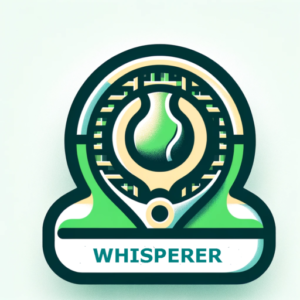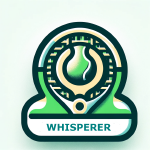Playing Badge the Smart Way: Adjusting to Light, Weather, and Wear
A Guide to Playing in Changing Conditions in Badge
The court may stay the same—but the game doesn’t.
In Sydney Badge play, conditions evolve from sunlit, high-bouncing rallies to cool, damp, under-the-lights grindfests. Add in gusts of wind, the feel of worn balls, and tricky lighting shifts, and it’s clear: the players who win are the ones who adapt.
This isn’t just a challenge for top-grade players—it’s a must for anyone who wants to compete well across the entire Badge season.
From Heat to Lights: What Changes—and Why It Matters
Much like the clay of Roland Garros—where the same court can feel entirely different from one hour to the next—Sydney Badge matches demand constant recalibration. At Roland Garros, pros like Świątek and Alcaraz must adjust not only to the opponent across the net, but also to the temperature, humidity, lighting, and even the moisture level of the clay. A sunny afternoon turns the court into a springboard for topspin, while a cool, drizzly evening turns that same surface heavy and slow.
Sydney Badge presents a similar challenge, especially as the day transitions from early matches in clear winter sun to late rubbers played under artificial lights. Synthetic grass, like clay, reacts subtly to temperature and wear: the bounce flattens, footing becomes slicker, and the pace of play shifts. The early afternoon might favor the hitter, while late in the day the grinder gains ground.
For Badge players, it’s not just about having one game plan—it’s about knowing how to evolve that plan as conditions change around you. Just like the pros, your success depends on noticing what’s different, and adjusting before your opponent does.
How Conditions Shift Throughout the Day
-
Midday Heat (Noon Matches)
High bounce and fast ball speed reward topspin and first-strike tennis. Courts play quicker and favor aggression. -
Evening Chill (2:50 PM and Later)
-
The bounce drops and the pace slows, forcing players to generate their own power.
-
Heavier air and damp surfaces expose footwork and timing.
-
Shadows and artificial light distort depth perception and make clean contact harder.
-
-
Ball Wear Over Time
The first set with new balls is crisp and fast. By the third set? Slower, heavier, and less responsive.
It’s like playing two different matches.
So if you’re struggling early, don’t panic—your window may open when the balls fluff up and tempo shifts.
Three Keys to Badge Success
1. Read the Court and Respond
Every Badge match brings its own variables—sun, wind, ball wear, or lighting. Be the player who notices early and responds faster.
If the bounce is low, stay down. If the wind is up, simplify your targets. If it’s damp, expect longer rallies and less reward for pace.
“It gives more variety… we’re just grinding as athletes and adjusting to the weather is a part of that.” — Świątek
Make adjustment part of your routine—not your excuse.
2. Tailor Your Game to Your Style
(Refer to the Player Style Glossary for more)
-
Aggressive Baseliner
Use heat and bounce to dominate early. In the chill, mix in slices and transition to net when passing shots soften. -
Counterpuncher
Slower, heavier conditions are your domain. Absorb pace, extend rallies, and frustrate opponents into errors. -
All-Court Player
Nighttime Badge play is made for you. Adjust quickly, mix your shots, and take advantage of any hesitation from players stuck in “day-mode.”
3. Fine-Tune Your Strings to Match Conditions
Your racquet setup matters—especially when the feel of the match changes mid-rubber.
-
Looser strings (lower tension) help lift the ball when it’s sitting low in night or damp conditions.
-
Tighter strings (higher tension) give better control when the courts play fast and lively.
I’ve always had my rackets strung at different tensions—one for heat and bounce, the other for cool, heavy conditions. It’s a simple switch that can keep your timing sharp and your confidence high.
And remember—Sydney Badge is played mid-winter, when the air is heavier and the ball travels slower. You might consider stringing your racquet two pounds lighter to match those cooler temperatures and keep your shots penetrating through the court.
Wrap: Adaptation is a Skill
Badge isn’t static. From the first point to the last, things change—balls fluff, shadows lengthen, breezes kick up.
The winners aren’t the ones with the perfect game plan—they’re the ones with the better backup plan.
Read the court. Adjust your style. Tune your tools.
Play smart. Adapt fast. Badge on.



